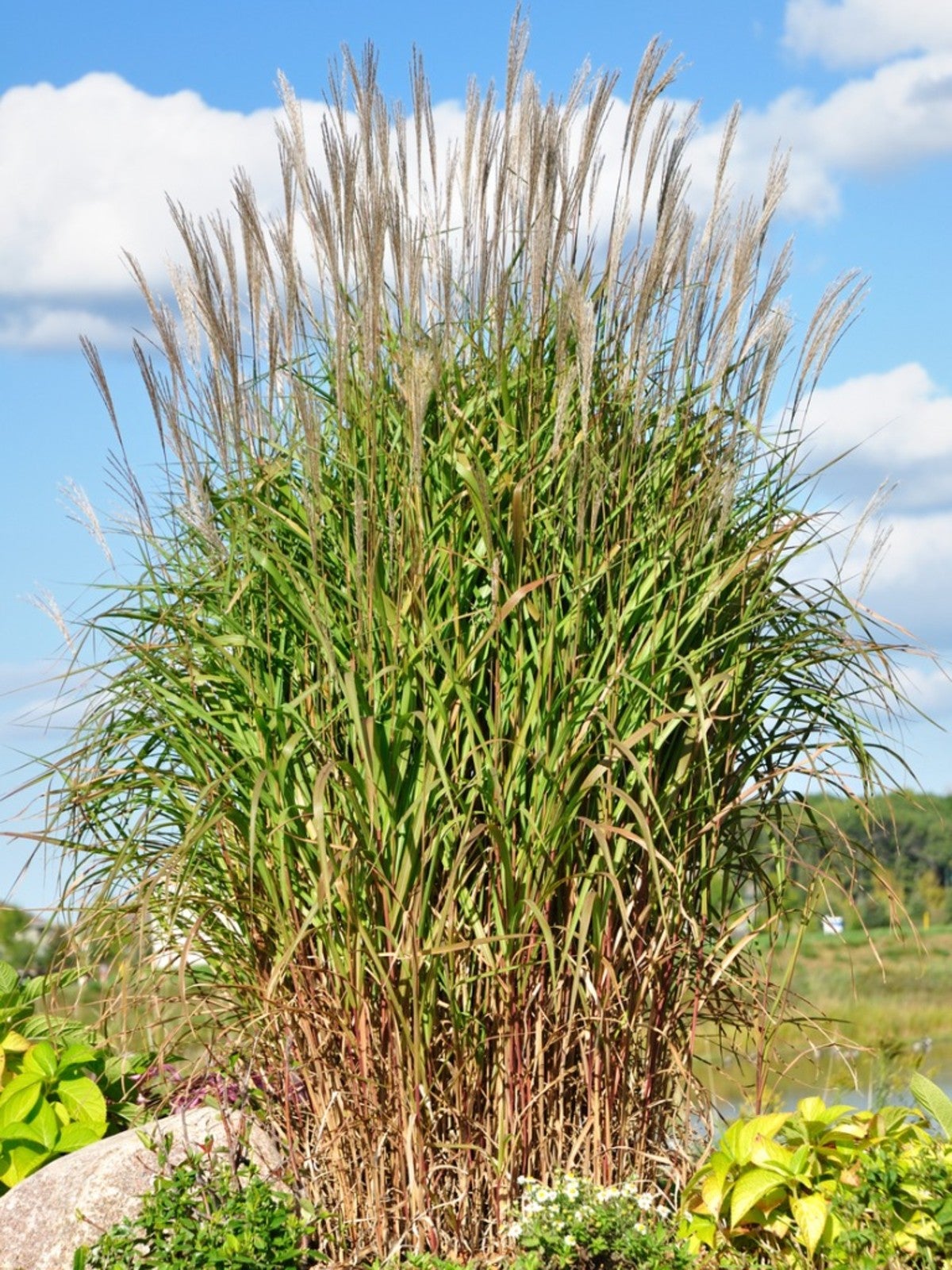Flame Grass Care - Growing Flame Grass Miscanthus


Flame maiden grass brings movement to the garden in the form of 3 to 4 foot (0.9 -1 m.) tall arching stems that change from green to a brilliant orange-red in the fall. The ornamental grass continues its show through winter with sustained burgundy foliage and white tipped flower heads.
Hardy in USDA growing zones 4 to 8, Miscanthus ‘Purpurascens’ makes a fine statement as a specimen planting as well as for screening, mass groupings, or a hedge. It is perfect for cottage gardens, wildflower meadows, and near ponds and water gardens.
Flame Maiden Grass Info: How to Grow Flame Grass
This naturally small-sized flame grass ‘Purpurascens’ is a low maintenance, clumping grass. Flame-grass care couldn’t be easier. Plant flame maiden grass in full to part sun in well-drained clay, loam, or sandy soil. This plant prefers more moisture than similar ornamental grasses, however, it is drought tolerant. Summer’s heat and humidity are not a problem for flame grass.
After cutting back the old foliage in late winter, the slender green leaves quickly regrow. As summer progresses, the leaves slowly turn reddish, culminating to a brilliant orange-red in fall, then darkening to burgundy by winter. Leave the foliage standing for winter interest and to protect the roots from extreme weather.
Plumes Arrive
In late summer, 8 to 10 inch (20-25 cm.) long seed heads form, starting out light pink, then fading to silvery white. The attractive white plumes can be cut and dried for decorative use. The seed heads are not usually fertile, preventing aggressive spreading. Birds enjoy the seeds, though, bringing wildlife value to the planting.
More Info
Flame grass ‘Purpurascens’ is not usually bothered by disease and insects, but in some areas, Miscanthus mealybugs and Miscanthus blight are becoming prevalent.
Flame-grass Miscanthus can be gown near a black walnut tree (black walnut trees are allelopathic, meaning they can be detrimental to other plants), is deer resistant, and tolerates air pollution.
Sign up for the Gardening Know How newsletter today and receive a free copy of our e-book "How to Grow Delicious Tomatoes".

After graduating from Oklahoma State University with a degree in English, Susan pursued a career in communications. In addition, she wrote garden articles for magazines and authored a newspaper gardening column for many years. She contributed South-Central regional gardening columns for four years to Lowes.com. While living in Oklahoma, she served as a master gardener for 17 years.